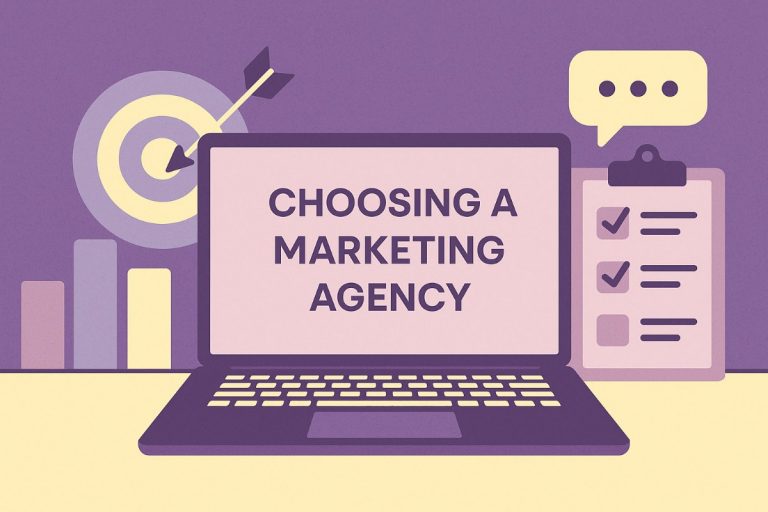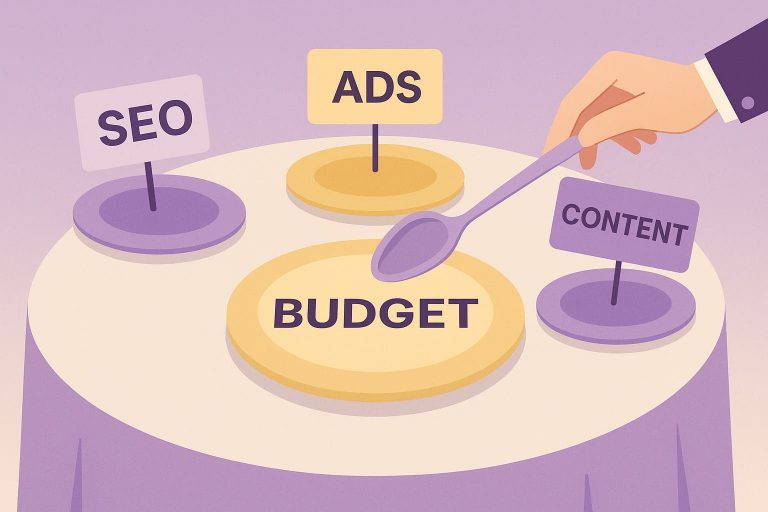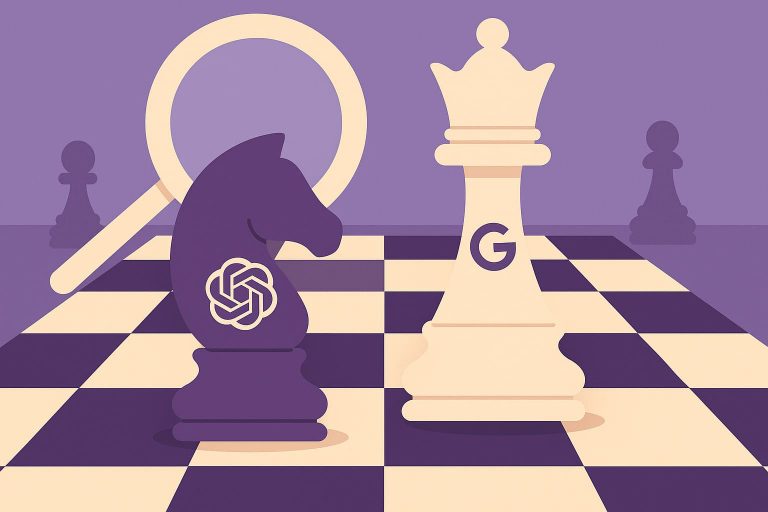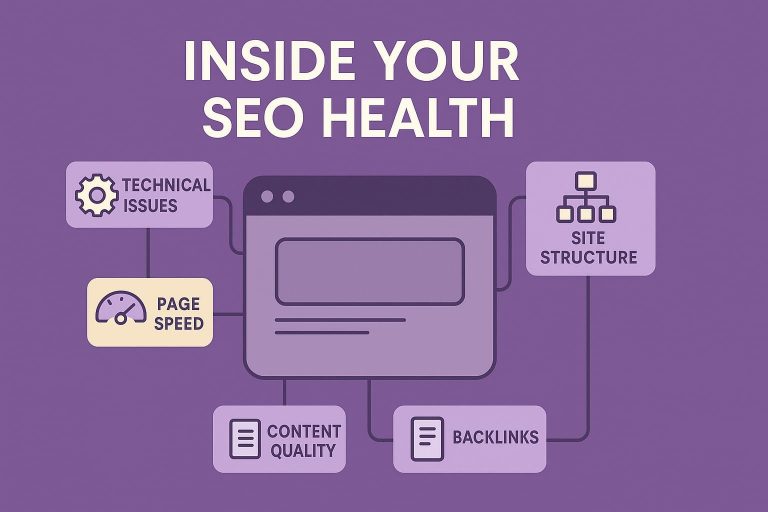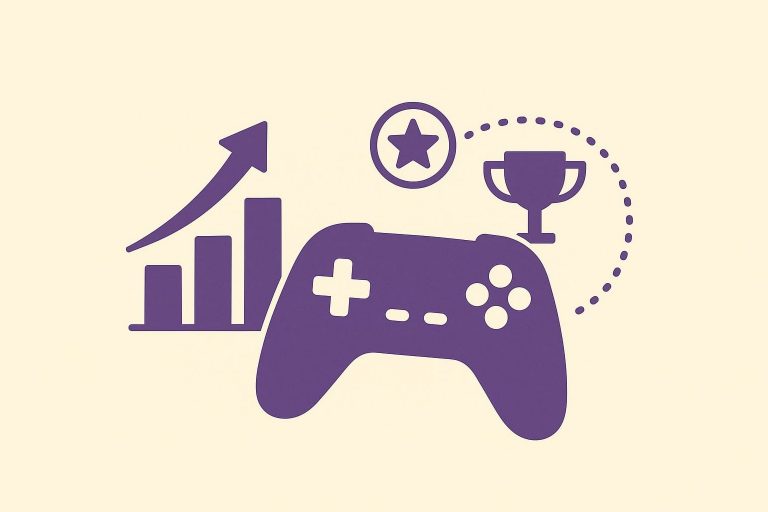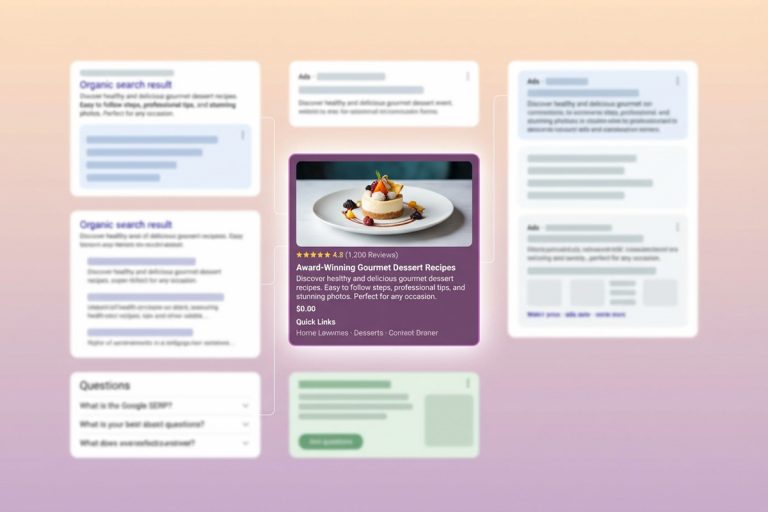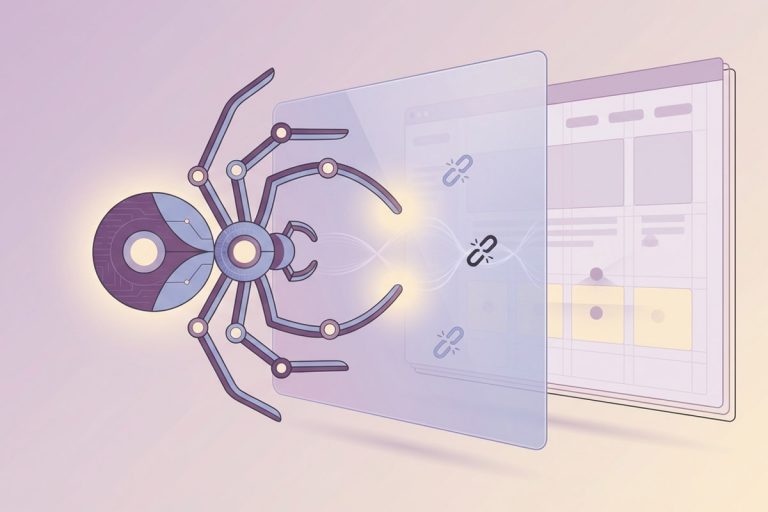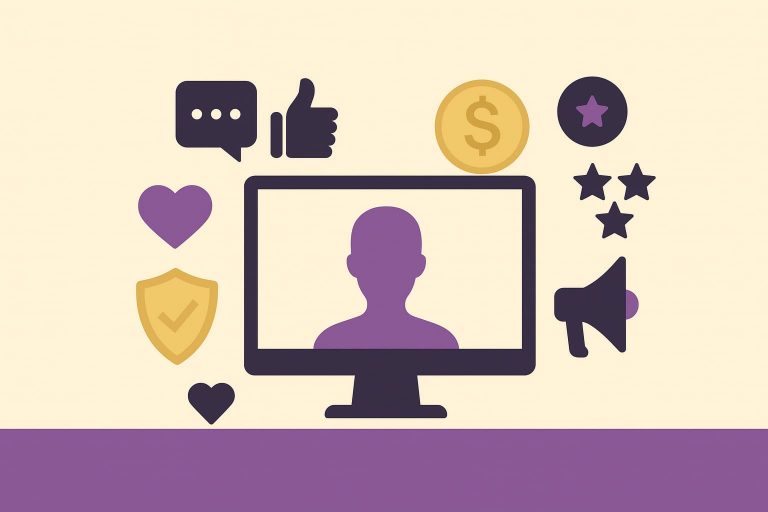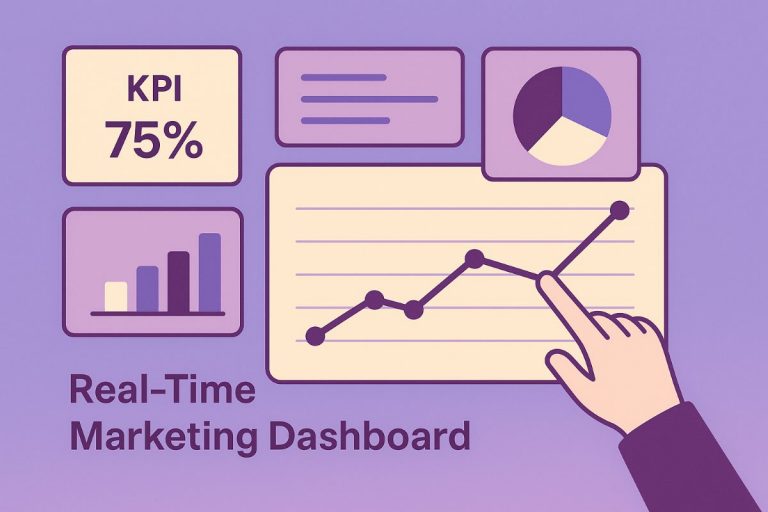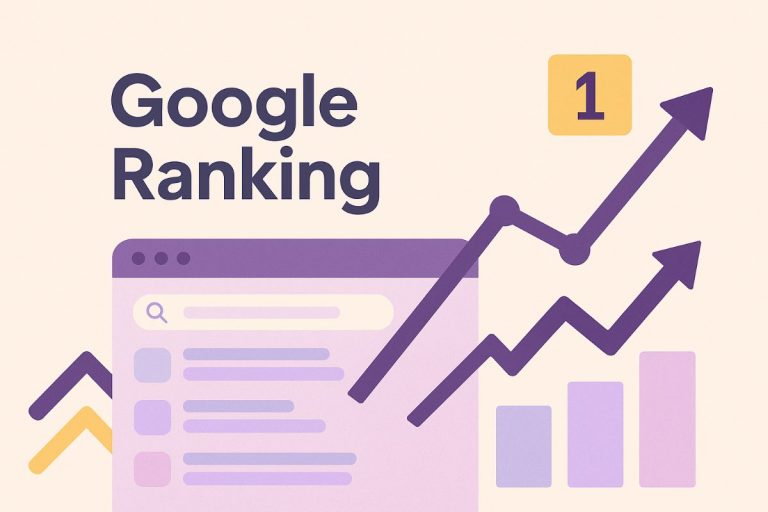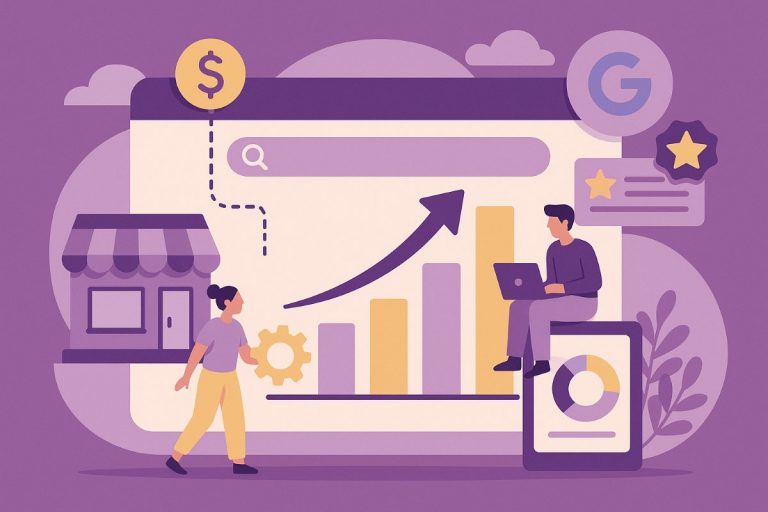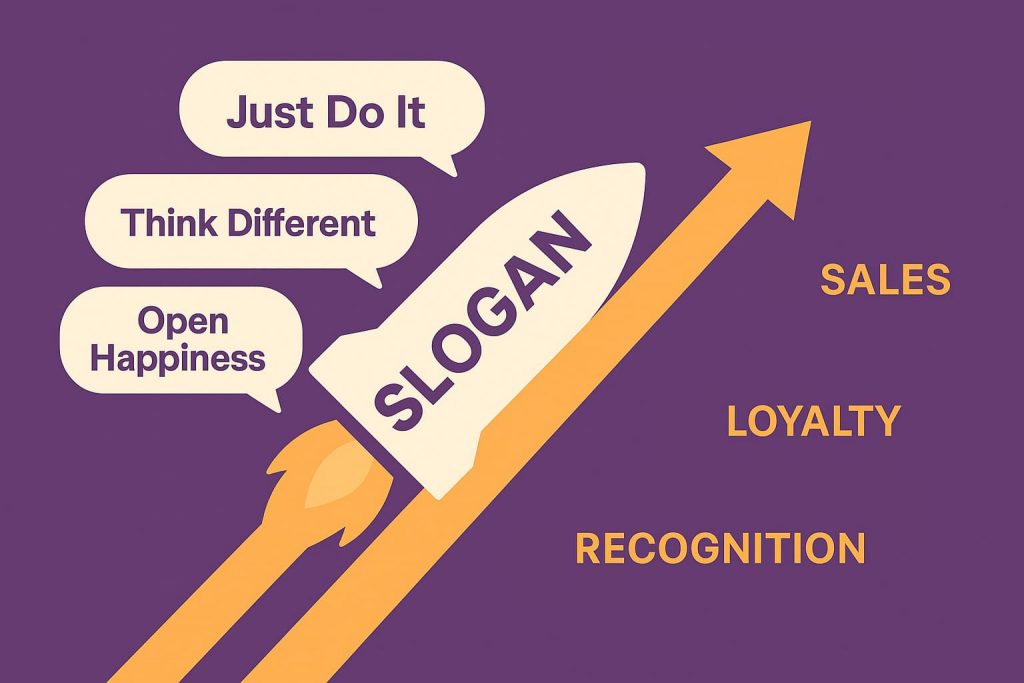
- What Makes a Great Slogan? 5 Core Principles
- The Psychology Behind Memorable Slogans
- Famous Company Slogans That Changed Marketing History
- The Science of Slogans: What Makes Them Stick
- Industry-Specific Slogan Examples
- Proven 5-Step Process for Creating Winning Slogans
- Common Slogan Mistakes and How to Avoid Them
- Legal Considerations for Your New Slogan
- Measuring Your Slogan’s Effectiveness
- Conclusion: Your Slogan Journey Starts Now
- FAQs
“Just Do It.”
“Think Different.”
“Open Happiness.”
Three slogans. Three brands. And billions of dollars in lasting impact. The right slogan doesn’t just describe a product; it becomes part of culture, shaping how people think, feel, and buy. In this guide, you’ll see why the world’s most iconic taglines work, how to build one for your own brand, and the exact process top companies use to turn a few words into unstoppable momentum.
What Makes a Great Slogan? 5 Core Principles
A great slogan is more than just a catchy phrase. It condenses a brand’s entire promise into a few memorable words that resonate across audiences and platforms. Over decades of observation and analysis of world-class campaigns, five core principles consistently stand out as the foundation of effective slogans.
- Brevity and Clarity. The strongest brand slogans are short, usually between three and six words. Nike’s “Just Do It” and Apple’s “Think Different” prove that concise messaging drives instant recognition.
- Emotional Connection. Effective slogans tap into universal feelings — confidence, aspiration, joy, or trust. De Beers’ “A Diamond Is Forever” thrives because it links a product to enduring love.
- Clear Benefit Communication. Every strong slogan highlights a brand’s advantage. L’Oréal’s “Because You’re Worth It” conveys empowerment, turning a product message into a personal promise.
- Memorability Through Rhythm or Wordplay. Catchy phrases often use rhythm, alliteration, or contrast to stick in people’s minds. McDonald’s “I’m Lovin’ It” works because it’s simple, melodic, and upbeat.
- Consistency Across Touchpoints. A slogan must remain effective across ads, packaging, and digital channels. Consistency builds trust and strengthens recall, ensuring the brand message endures over time.
The Psychology Behind Memorable Slogans
Memorable slogans work because they align with how the human brain processes and recalls information. Successful advertising campaigns show that when a slogan triggers emotions and uses simple yet unexpected phrasing, it becomes part of cultural memory.
- Emotional Triggers. People remember what they feel. De Beers’ “A Diamond Is Forever” resonates because it taps into love and permanence, transforming a purchase into a symbol of commitment.
- Rhythm and Musicality. Slogans that use rhythm or repetition are easier to recall. McDonald’s “I’m Lovin’ It” gained traction globally due to its singable cadence.
- Simplicity and Brevity. The brain processes short phrases faster. Nike’s “Just Do It” demonstrates how clarity ensures instant brand recall.
- Unexpectedness. Apple’s “Think Different” broke convention by using unorthodox grammar, making the slogan distinctive and thought-provoking.
- Emotional Connection Through Universality. Coca-Cola’s long history of slogans highlights joy and togetherness, reinforcing positive associations across generations.
Psychological Principles and Example Slogans:
| Principle | Example Slogan | Brand |
|---|---|---|
| Emotional Trigger | “A Diamond Is Forever” | De Beers |
| Rhythm | “I’m Lovin’ It” | McDonald’s |
| Simplicity | “Just Do It” | Nike |
| Unexpectedness | “Think Different” | Apple |
| Universality | “Open Happiness” | Coca-Cola |
Brevity: Why Short Slogans Pack More Punch
Short slogans have a clear advantage: they are easier to recall, quicker to process, and more versatile across advertising channels. Most of the world’s most iconic taglines fall within the three-to-six-word range, proving that less often delivers more impact.
Nike’s “Just Do It”, Apple’s “Think Different”, BMW’s “The Ultimate Driving Machine”, and KFC’s “Finger Lickin’ Good” all demonstrate how concise taglines become cultural touchstones. Their memorability lies in sharp focus and emotional resonance, without unnecessary words diluting the message.
Brands that rely on longer, descriptive slogans frequently struggle with recall. Trimming them down creates stronger punch. For instance, a technology company that originally promoted itself with “Helping Businesses Solve Complex IT Problems Efficiently” achieved significantly higher engagement after condensing the idea into “Solutions Made Simple”.
The shorter version not only tested better with audiences but also proved more adaptable for social media, packaging, and digital ads.
The study conducted by Kohli, Thomas, and Suri in 2013 showed that short, emotionally resonant slogans are recalled significantly better. Long life cycles and substantial budgets also help.
| Slogan | Brand | Word Count | Recall Percent (%) | Impact Score (0–10)* |
|---|---|---|---|---|
| Just Do It | Nike | 3 | 58 % | 10.0 |
| I’m Lovin’ It | McDonald’s | 4 | 37 % | 6.4 |
| Have It Your Way | Burger King | 4 | 27 % | 4.7 |
| Melts in Your Mouth, Not in Your Hands | M&Ms | 8 | 20 % | 3.4 |
| Got Milk? | National Milk Processor Board | 2 | 18 % | 3.1 |
| Eat Fresh | Subway | 2 | 17 % | 2.9 |
| M’m! M’m! Good! | Campbell’s Soup | 3 | 15 % | 2.6 |
| You’re in Good Hands with Allstate | Allstate | 7 | 15 % | 2.6 |
| Think Outside the Bun | Taco Bell | 4 | 14 % | 2.4 |
| The Ultimate Driving Machine | BMW | 4 | 13 % | 2.2 |
*Impact Score = Recall% / 58 × 10 (normalized to the list leader)
Average Word Count of Top 100 Most Influential U.S. Taglines Since 1948:
Famous Company Slogans That Changed Marketing History
The world’s most famous slogans have done more than sell products — they’ve shaped culture, influenced behavior, and built lasting brand identities. Studying these iconic taglines reveals consistent techniques that any business can adapt: brevity, emotional resonance, and a clear promise of value. By analyzing the most successful company slogans, we see how words become movements.
Iconic Slogans and Why They Worked
- Nike – “Just Do It” (1988). Simple, direct, and motivational, it empowered everyday athletes while reinforcing brand identity.
- Apple – “Think Different” (1997). Challenged convention, positioning Apple as the brand for visionaries and creatives.
- De Beers – “A Diamond Is Forever” (1948). Redefined diamonds as symbols of eternal love, driving an entire industry’s growth.
- McDonald’s – “I’m Lovin’ It” (2003). Catchy, musical, and globally adaptable, it created emotional positivity around fast food.
- L’Oréal – “Because You’re Worth It” (1971). Empowering and personal, it shifted beauty marketing to focus on consumer self-worth.
- FedEx – “When It Absolutely, Positively Has to Be There Overnight” (1978). Highlighted reliability and speed, setting the standard for delivery services.
- MasterCard – “There Are Some Things Money Can’t Buy. For Everything Else, There’s MasterCard.” (1997). Emotional storytelling emphasized life experiences over transactions.
- Gillette – “The Best a Man Can Get” (1989). Promoted aspiration and masculinity while linking grooming to self-improvement.
- M&Ms – “Melts in Your Mouth, Not in Your Hands” (1954). Highlighted a unique product benefit in a memorable, playful way.
- BMW – “The Ultimate Driving Machine” (1975). Positioned the brand as a benchmark for performance and prestige.
Fun Facts:
- Over 70% of consumers recall slogans more easily than brand names.
- Short slogans average five words, aligning with optimal recall length.
Timeless Classic Slogans That Still Resonate Today
Some slogans have transcended their original campaigns to become part of everyday language. Their longevity comes from clarity, emotional depth, and universal themes that remain relevant decades later. These enduring taglines continue to reinforce trust and recognition, proving that timeless marketing builds lasting value.
Patterns among these classics include emotional universality (love, trust, happiness), focus on product benefits, and rhythm that aids recall. A financial services client once drew inspiration from “A Diamond Is Forever” to craft a modern slogan emphasizing stability and permanence. Updating the tone while retaining the timeless promise helped the brand connect with both traditional and digital audiences.
Classic Slogans That Stand the Test of Time:
- De Beers – “A Diamond Is Forever” (1948)
- Wheaties – “Breakfast of Champions” (1935)
- Coca-Cola – “Open Happiness” (2009, building on earlier classics)
- Hallmark – “When You Care Enough to Send the Very Best” (1944)
- Timex – “Takes a Licking and Keeps on Ticking” (1956)
- Campbell’s – “M’m! M’m! Good!” (1930s)
- M&Ms – “Melts in Your Mouth, Not in Your Hands” (1954)
- Nike – “Just Do It” (1988)
- HSBC – “The World’s Local Bank” (2002)
- The New York Times – “All the News That’s Fit to Print” (1897)
Modern Slogan Masterpieces From the Digital Age
In the digital era, slogans must work across screens, social media feeds, and global audiences. The best contemporary taglines combine brevity with cultural relevance, thriving in fast-paced environments where attention is scarce.
Recent examples showcase adaptability and boldness. Netflix’s “See What’s Next” highlights constant innovation in streaming. Airbnb’s “Belong Anywhere” resonates with a global community seeking connection. Dollar Shave Club’s “Shave Time. Shave Money.” uses wordplay to convey affordability and convenience, proving viral appeal on social platforms. Target’s “Expect More. Pay Less.” balances value and quality, making it versatile across campaigns.
These slogans are built for engagement: shareable, emotionally resonant, and effective across ads, posts, and influencer content. As consumer behavior shifts toward digital discovery, brands that align their messaging with platform dynamics see stronger recall and loyalty. Lead Craft’s digital marketing services — spanning SEO and PPC — help businesses amplify such slogans across every touchpoint, ensuring consistency and visibility.
Modern Slogans Defining Today’s Marketing:
- Dollar Shave Club – “Shave Time. Shave Money.”
- Netflix – “See What’s Next”
- Target – “Expect More. Pay Less.”
- Airbnb – “Belong Anywhere”
The Science of Slogans: What Makes Them Stick
Memorable slogans are not accidents; they are crafted using principles rooted in cognitive science. Research in advertising psychology shows that rhythm, rhyme, and emotional resonance strongly influence recall. When words are easy to process, the brain stores them more efficiently.
- Rhythm and Rhyme. Rhyming slogans like De Beers’ “A Diamond Is Forever” or jingles like McDonald’s “I’m Lovin’ It” leverage musicality, making them more likely to be remembered after just one exposure.
- Alliteration and Wordplay. Patterns such as repeated sounds increase retention. Apple’s “Think Different” creates stickiness through simplicity and contrast, breaking linguistic expectations.
- Emotional Triggers. Emotionally charged language activates deeper memory pathways. Nike’s “Just Do It” sparks determination, linking the brand to personal achievement.
- Cognitive Ease. Short, clear phrases require less mental effort. Studies show that slogans under six words are significantly more likely to achieve long-term recall than longer ones.
Did You Know?
- Consumers are 30% more likely to remember a rhyming slogan.
- Short slogans outperform long ones by nearly 50% in recall studies.
How to Test Your Slogan’s Memorability
Even the strongest ideas benefit from testing before launch. Memorability testing ensures that a slogan not only sounds good, but also resonates with real audiences across contexts.
- Recall Tests. Expose participants to a slogan briefly, then ask them to repeat it after a set time. Poor recall indicates the need for simplification.
- First Impressions. Gauge immediate reactions by asking how the slogan makes people feel and whether they associate it with the intended brand values.
- Long-Term Retention. Follow up after several days or weeks. Effective slogans should still surface quickly in memory without prompts.
One client initially tested a long tagline that failed recall benchmarks. After refinement into a concise version, memorability scores improved by 60%, validating the power of brevity. Diverse testing groups ensured appeal across demographics.
Key questions to ask at each testing stage:
| Testing Stage | Key Questions to Ask |
|---|---|
| Recall Tests |
Can participants repeat the slogan after a short delay? Which words do they remember first? Do they confuse it with competitor slogans? |
| First Impressions |
What emotion does the slogan trigger immediately? Does it clearly connect to brand values? Does it feel authentic or forced? |
| Long-Term Retention |
Can participants recall the slogan days later without prompts? Do they still link it to the correct brand? Has the message remained clear over time? |
Industry-Specific Slogan Examples
Slogans vary significantly by industry because audience expectations and brand promises differ. A tagline that works for a luxury jewelry brand would fail in fast food, where humor and instant gratification dominate. By studying industry-specific slogans, it becomes clear how language adapts to context while following universal principles of clarity, brevity, and emotional impact.
In consumer goods, food and beverage slogans often rely on sensory cues and appetite appeal. Technology slogans emphasize innovation and reliability, while automotive brands highlight performance and prestige. Service industries like logistics or finance focus on trust, speed, and reassurance.
Understanding these nuances allows businesses to position themselves strategically within their market. For example, FedEx emphasizes speed, BMW highlights engineering, and Subway taps into customization and freshness. Recognizing the difference between sectors ensures that slogans not only attract attention, but also align with customer priorities.
Food & Beverage Slogans That Whet the Appetite
Food and beverage slogans are designed to stir emotions and stimulate the senses. They use playful language, humor, and taste-driven imagery to create instant appeal. Many of the most effective slogans are short, rhythmic, and fun, making them easy to recall.
Examples:
- McDonald’s – “I’m Lovin’ It”
- Coca-Cola – “Open Happiness”
- Subway – “Eat Fresh”
- KFC – “Finger Lickin’ Good”
- Burger King – “Have It Your Way”
- Wendy’s – “Where’s the Beef?”
- Campbell’s – “M’m! M’m! Good!”
- Red Bull – “Gives You Wings”
- Heinz – “Beanz Meanz Heinz”
Food slogans succeed because they connect products with comfort, indulgence, or energy. A client in the beverage space once transformed a generic tagline into “Refresh Your Moments”, which resonated better by focusing on the emotional ritual of drinking.
Tech Company Slogans That Innovate
Technology slogans need to simplify complexity while conveying innovation and reliability. They must balance technical precision with accessibility so that both experts and everyday users understand the brand promise.
Examples:
- Apple – “Think Different”
- Microsoft – “Your Potential. Our Passion.”
- Intel – “Intel Inside”
- IBM – “Solutions for a Small Planet”
- Samsung – “Imagine the Possibilities”
- Dell – “Yours Is Here”
- Oracle – “Information Driven”
- HP – “Keep Reinventing”
These slogans illustrate how tech companies differentiate themselves: Apple emphasizes creativity, Intel highlights reliability, and IBM underscores global problem-solving. Smaller software firms often succeed by positioning themselves as approachable — phrases like “Complexity Simplified” or “Power Made Easy” resonate with diverse audiences.
Proven 5-Step Process for Creating Winning Slogans
Creating a slogan that truly resonates requires more than clever wordplay. A structured process ensures consistency, creativity, and alignment with brand goals. Over time, a five-step framework has proven highly effective for developing memorable taglines that connect with audiences and stand the test of time.
- Discovery and Research. Study industry trends, competitors, and consumer expectations. Insights at this stage reveal what has worked historically and where gaps exist.
- Defining the Brand Message. Uncover the company’s core values and positioning. This step ensures the slogan reflects the brand’s authentic promise.
- Creative Brainstorming. Generate a wide pool of ideas using brainstorming techniques, word associations, and emotional mapping. Quantity comes first; refinement follows.
- Testing for Memorability. Test top contenders with sample audiences through recall and impression analysis. Strong slogans rise to the surface based on clarity and emotional pull.
- Refinement and Integration. Finalize the best option, refine language, and ensure it works across advertising, packaging, and digital channels for consistent messaging.
This process consistently delivers superior results because it combines strategic analysis with creative exploration. While many brands stop at ideation, rigorous testing and refinement ensure slogans resonate long term.
Finding Your Brand’s Core Message
The most successful slogans are anchored in a brand’s essence. Discovering this foundation requires a structured approach — what can be called “brand archaeology.” By asking probing questions and going beyond surface-level descriptions, businesses uncover truths that resonate with audiences.
Key questions during this discovery include:
- What problem does the brand solve better than anyone else?
- Which emotions should customers feel when engaging with the brand?
- How do the company’s values influence product or service delivery?
- What unique perspective does the brand bring to its market?
- Why should customers choose this brand over competitors?
For example, a startup originally positioned itself around affordability but, through this process, discovered its true strength was reliability. The refined core message led to a slogan emphasizing trust, which resonated far more strongly with customers.
This method stands apart from standard practices by digging deeper into identity rather than focusing solely on product features. The resulting message serves as the blueprint for crafting slogans that are both distinctive and enduring.
Common Slogan Mistakes and How to Avoid Them
Even well-intentioned brands stumble when crafting slogans. Missteps often dilute messaging, weaken recall, and confuse audiences. Recognizing these pitfalls is the first step toward creating strong, benefit-driven taglines that inspire trust and loyalty.
Frequent Mistakes in Slogan Development:
- Being too generic – Overused phrases like “Quality You Can Trust” fail to differentiate.
- Overcomplicating the message – Long slogans lose impact and are harder to remember.
- Focusing on features, not benefits – Audiences connect with outcomes, not technical specs.
- Using inconsistent tone – A playful brand voice paired with a stiff slogan creates disconnect.
- Ignoring cultural context – Phrases that don’t translate well globally can harm credibility.
- Skipping audience testing – Without validation, even clever ideas may fall flat.
One retail client used a vague tagline that failed to attract attention. After refining it into a clear, benefit-driven slogan, brand engagement rose significantly. This demonstrates how targeted adjustments transform weak slogans into powerful tools.
Being Too Generic: Creating Distinctive Slogans
Generic slogans often arise because businesses try to appeal to everyone. The result is forgettable messaging that blends into the market. Distinctive slogans require brands to highlight unique attributes that competitors cannot claim.
A practical method is to analyze three areas:
- Core differentiator – What sets the brand apart?
- Emotional driver – What feelings should the brand evoke?
- Audience alignment – Which promise matters most to target customers?
For example, a generic software slogan like “Solutions for Your Business” lacks identity. Refined into “Complexity Made Simple”, it communicates uniqueness, clarity, and value.
This framework ensures slogans avoid clichés and become memorable, brand-specific statements that resonate.
Generic vs. Distinctive Slogans across industries:
| Industry | Generic Slogan Example | Distinctive Slogan Example | Why Distinctive Works Better |
|---|---|---|---|
| Retail | “Quality You Can Trust” | Walmart – “Save Money. Live Better” | Highlights a concrete benefit and emotional payoff instead of a vague promise |
| Fast Food | “Delicious Food for Everyone” | Burger King – “Have It Your Way” | Personalization differentiates the brand from competitors with a unique claim |
| Automotive | “Driving Excellence” | BMW – “The Ultimate Driving Machine” | Positions the brand as a benchmark, tying directly to performance and prestige |
| Technology | “Innovating for the Future” | Apple – “Think Different” | Distinctive call to creativity makes it memorable and aspirational |
| Financial Services | “Your Trusted Partner” | Capital One – “What’s in Your Wallet?” | Unique phrasing creates curiosity and direct consumer engagement |
Legal Considerations for Your New Slogan
Creating a compelling slogan is only part of the journey — ensuring it is legally protected is equally critical. Without trademark protection, brands risk losing ownership of their tagline or facing costly disputes.
The process typically begins with trademark research. In the United States, the USPTO (United States Patent and Trademark Office) database allows businesses to check whether a slogan or similar phrase is already registered. This early step helps avoid conflicts and saves resources before investing in advertising.
Registration provides exclusive rights to use the phrase in commerce. It also strengthens brand identity by preventing competitors from adopting confusingly similar taglines. For example, a client nearly launched a slogan that mirrored a competitor’s registered trademark. By identifying the issue early, the phrase was revised before launch, avoiding legal complications and reputational risk.
While these steps provide a foundation, businesses should always seek professional legal counsel to address their unique circumstances. Expert guidance ensures slogans not only inspire, but also stand secure in the marketplace.
Key Legal Considerations:
- Conduct USPTO trademark searches before adoption
- Verify availability in international markets if relevant
- Register slogans as trademarks for stronger protection
- Avoid phrases that closely resemble existing marks
- Consult intellectual property attorneys for specific guidance
Measuring Your Slogan’s Effectiveness
A slogan is only successful if it resonates with audiences and strengthens brand recall. Measuring effectiveness requires a combination of qualitative insights and quantitative data. Clear metrics ensure businesses know whether their tagline performs as intended — or needs refinement.
Qualitative Approaches
Focus groups and surveys reveal emotional response, clarity, and first impressions. Asking participants what feelings a slogan evokes or whether it aligns with brand values provides actionable feedback.
Quantitative Approaches
Performance tracking across campaigns highlights how slogans impact results. Metrics such as recall rates, engagement levels, and conversion data confirm whether a tagline supports business objectives.
For example, one retail brand discovered through recall testing that its slogan was memorable but failed to convey the intended benefit. After refining the wording, both awareness and sales increased measurably.
Key Performance Indicators:
- Unaided recall rate
- Customer sentiment analysis
- Click-through and engagement metrics
- Sales lift or conversion impact
- Longevity of usage across campaigns
Comparison of Measurement Approaches:
| Approach | When to Use |
|---|---|
| Focus Groups | Early testing, emotional resonance |
| Surveys | Broad validation, message clarity |
| Recall Testing | Measuring memorability over time |
| Analytics Tracking | Post-launch campaign performance |
Conclusion: Your Slogan Journey Starts Now
A slogan is more than a phrase — it is the essence of brand identity condensed into a few unforgettable words. Throughout this guide, you’ve seen how memorable slogans are built on clarity, emotion, and consistency, supported by research and industry best practices.
From understanding timeless principles to exploring psychology, industry-specific strategies, and common mistakes, the path to strong brand messaging is clear. Testing, refinement, and legal protection ensure that your tagline works both creatively and strategically.
Your slogan can be more than words — it can be your growth engine. Book a free strategy call with Lead Craft and see how the right tagline can transform your brand’s visibility.
FAQs
What makes a slogan memorable and effective?
A slogan becomes memorable when it is short, emotionally engaging, and easy to recall. Effective taglines highlight a core benefit, connect with audience values, and maintain consistency across all brand messaging and advertising channels.
How long should a good slogan be?
Most successful slogans fall between three and six words. This length balances clarity and memorability, ensuring audiences can recall the phrase quickly while still capturing the essence of the brand’s identity and value proposition.
Can I trademark my company slogan?
Yes, slogans can be trademarked through the USPTO if they meet distinctiveness requirements. Trademark registration protects ownership rights, prevents competitors from using similar phrases, and strengthens long-term brand identity in both domestic and global markets.
How do I test if my slogan resonates with my target audience?
Testing involves recall exercises, first impression surveys, and long-term retention checks. Strong slogans perform well across diverse groups, generating positive emotional response, clear brand association, and consistent memorability days or weeks after initial exposure.
What are the most common mistakes to avoid when creating a slogan?
Common errors include being too generic, overloading with words, focusing on features instead of benefits, inconsistent tone, lack of cultural awareness, and skipping validation. Each mistake weakens recall and reduces impact across communication channels.














 687
687  8 min
8 min




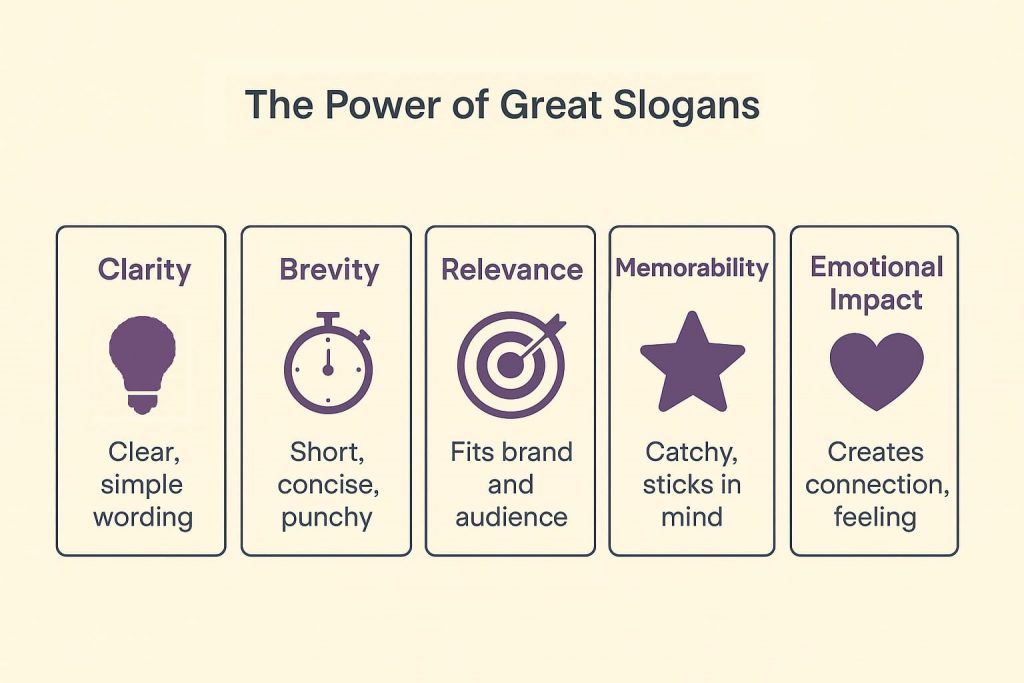
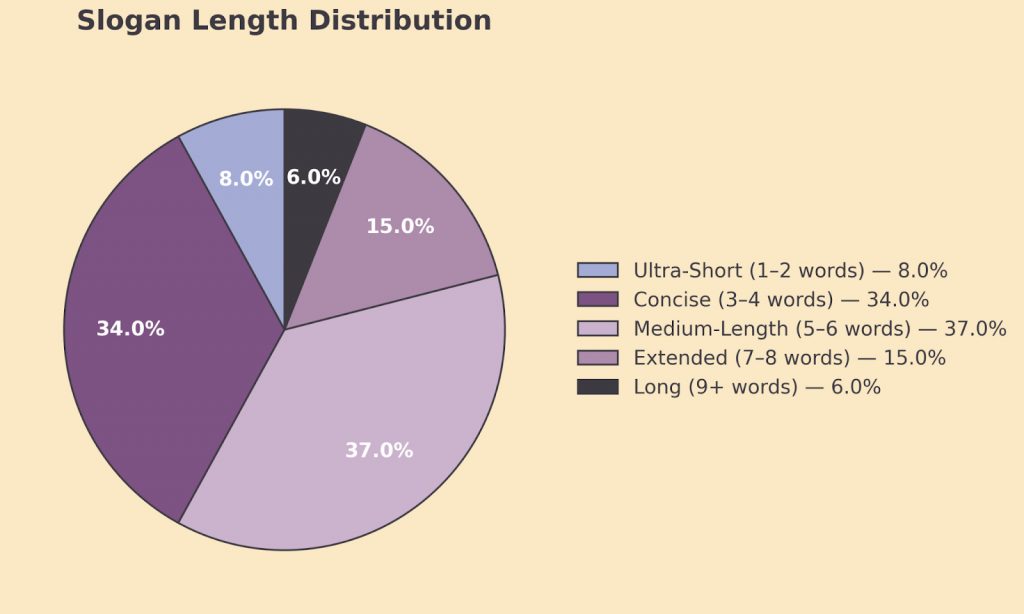
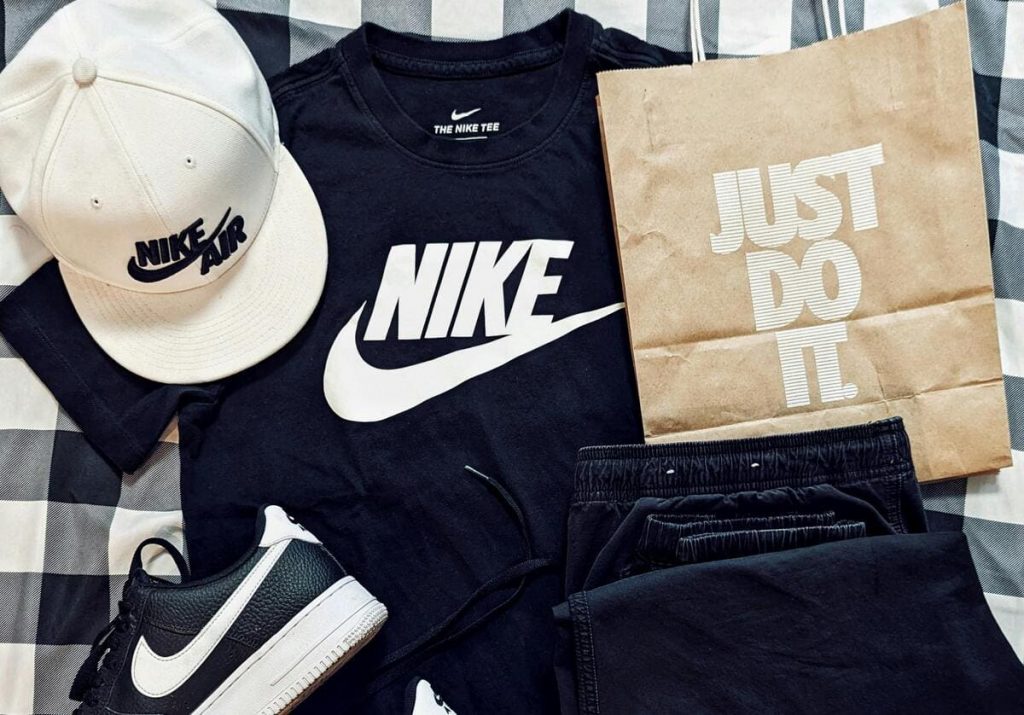
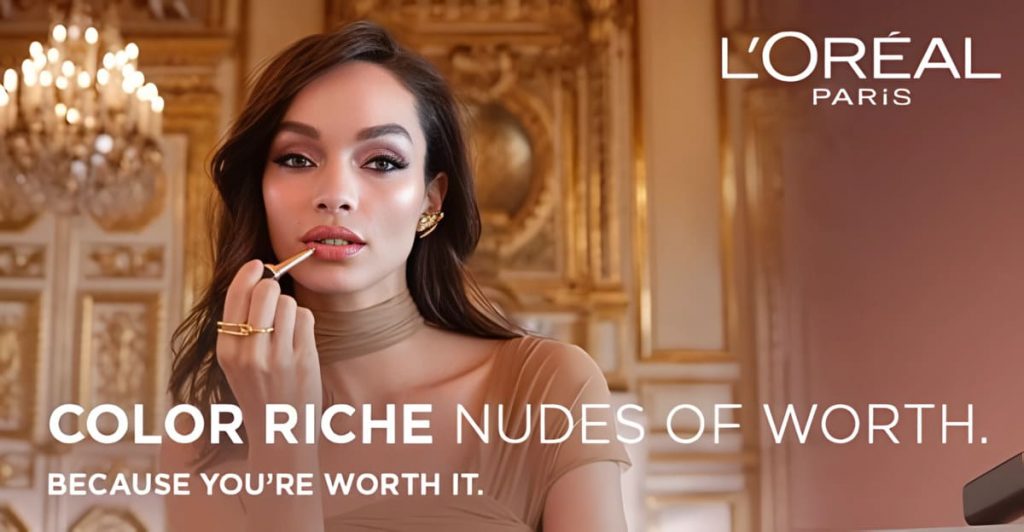
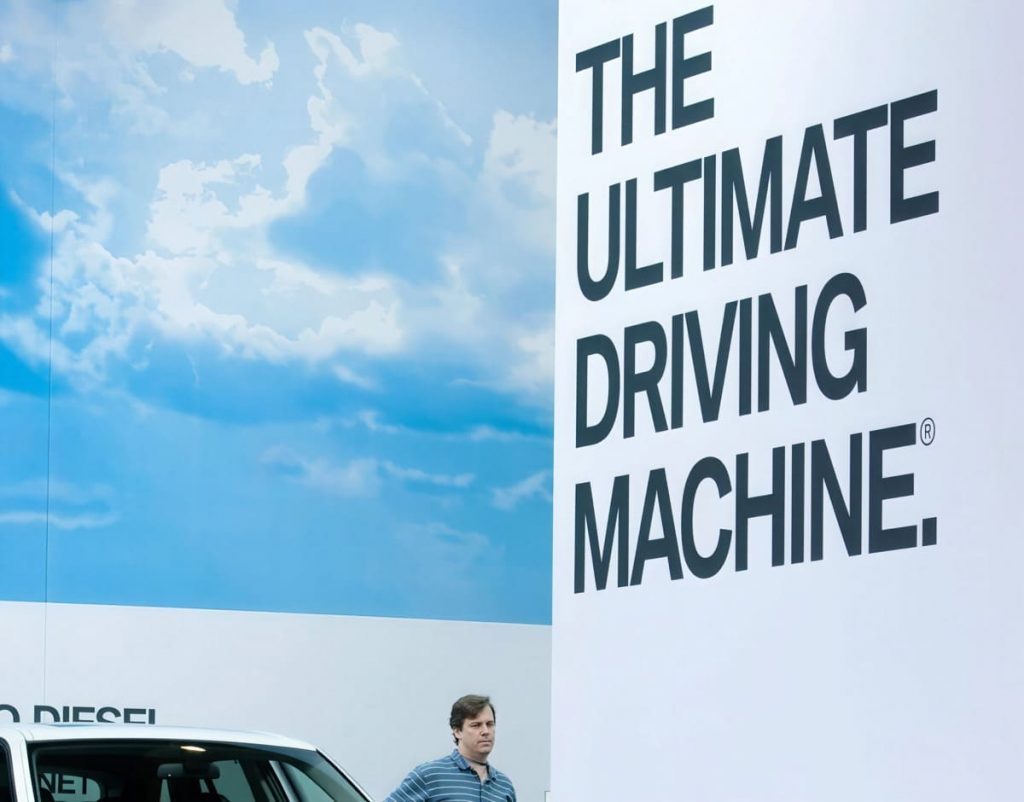
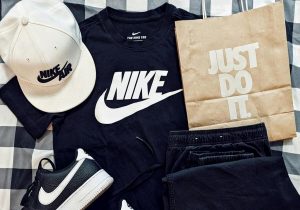

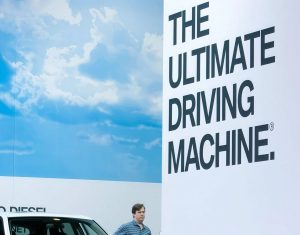
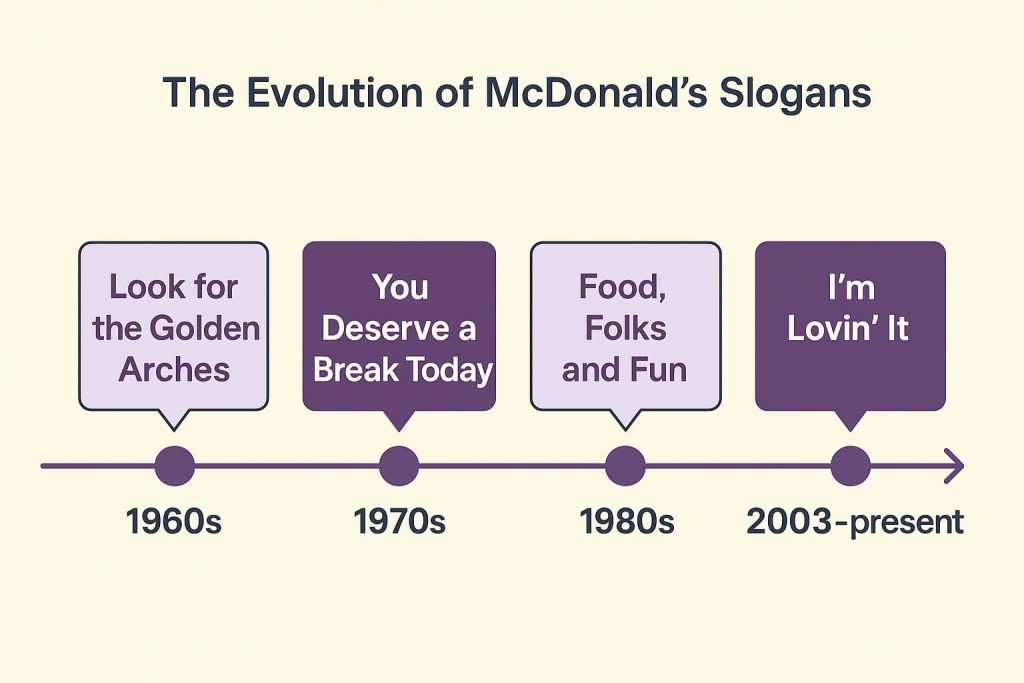
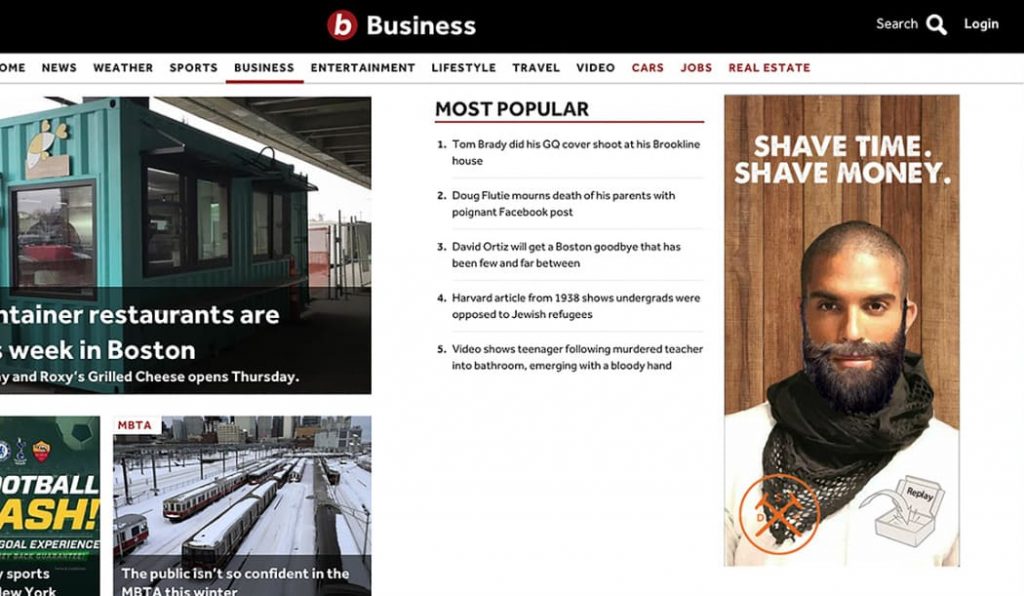
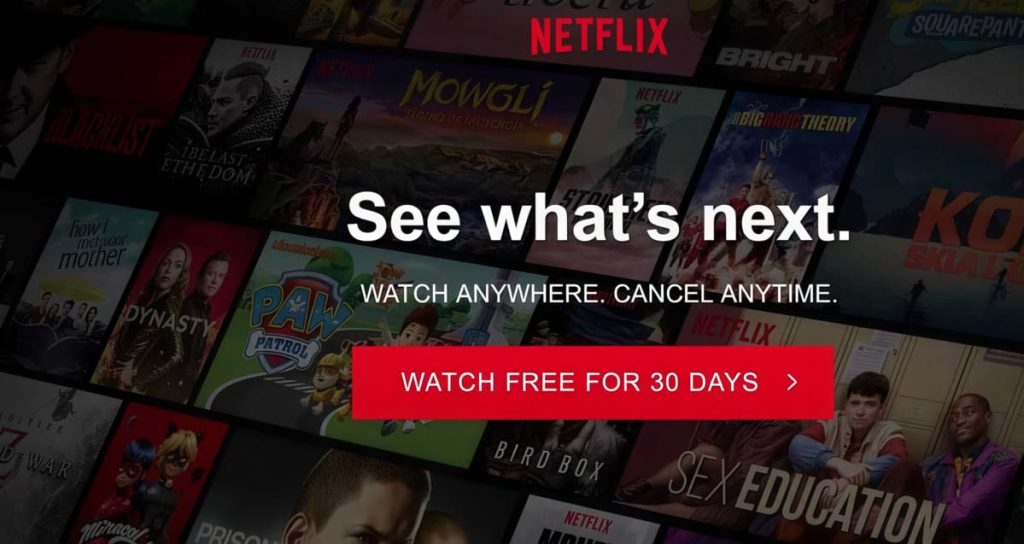
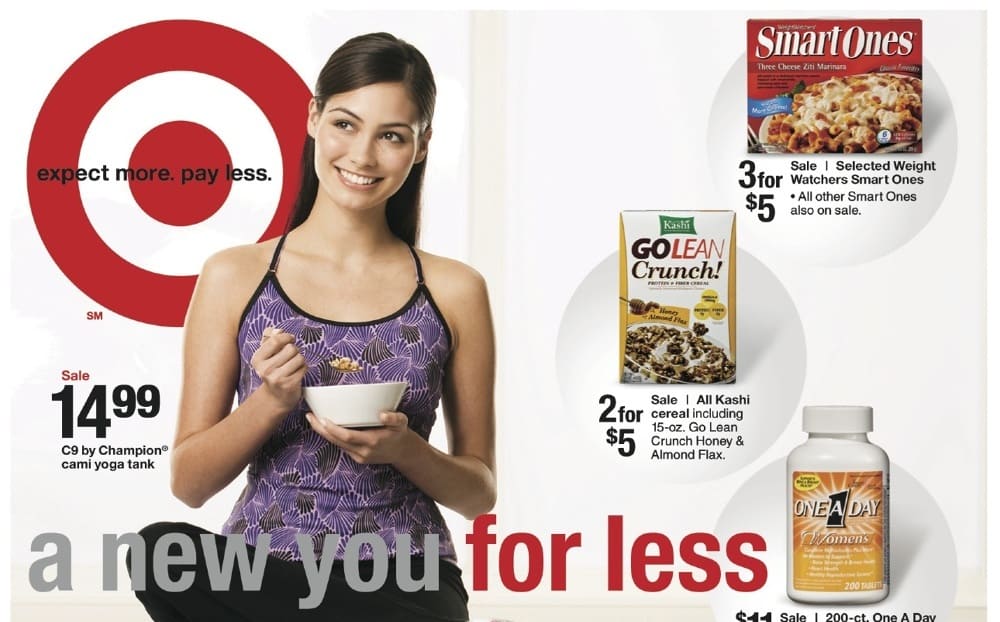
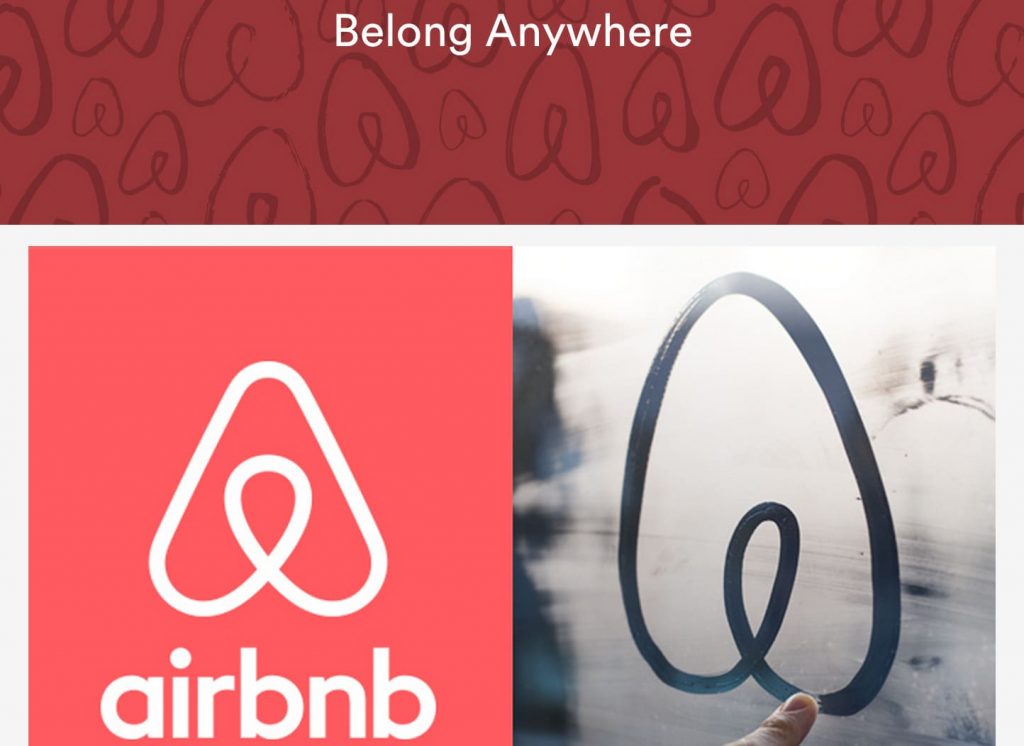
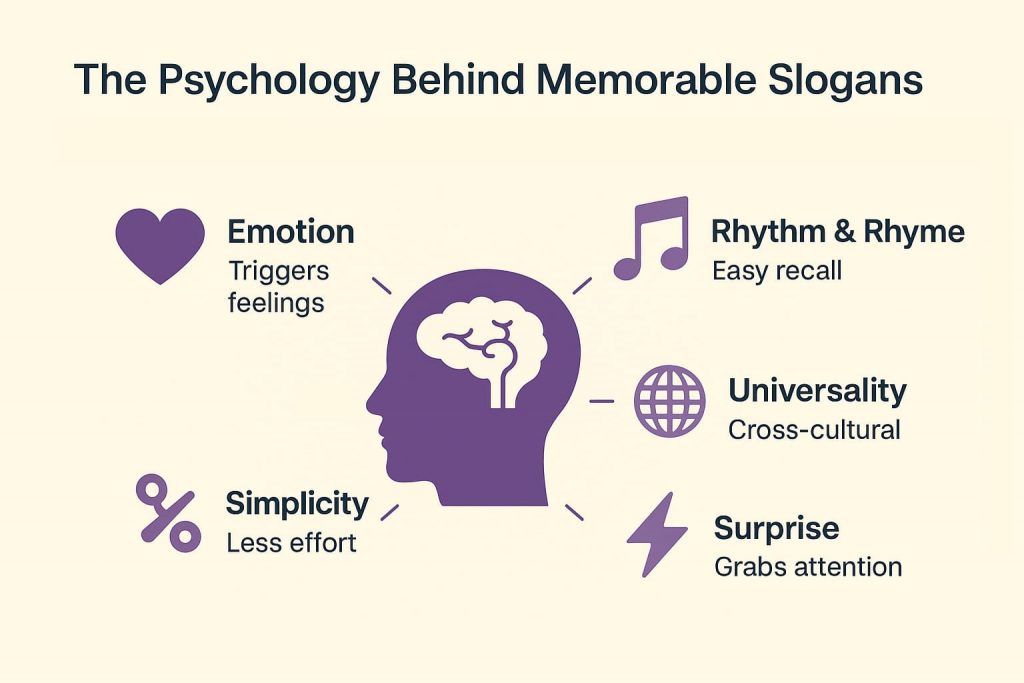
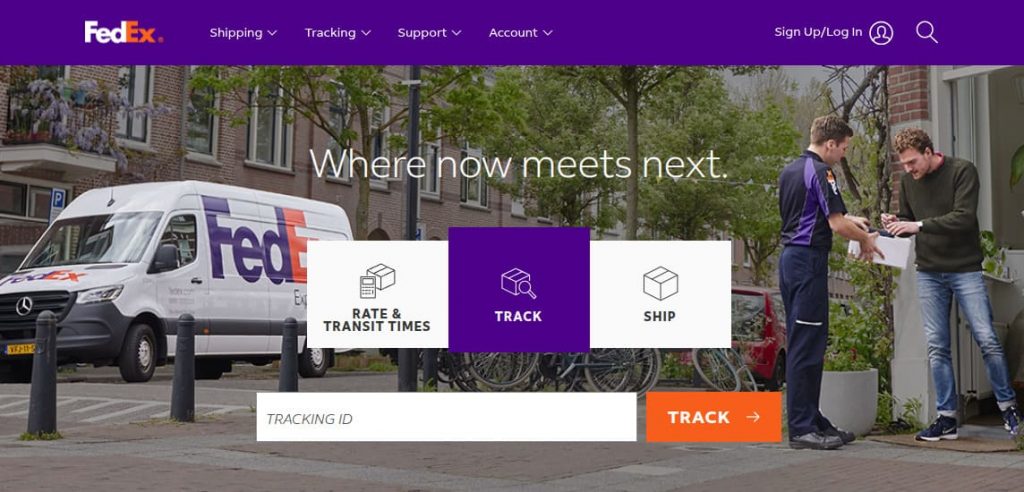
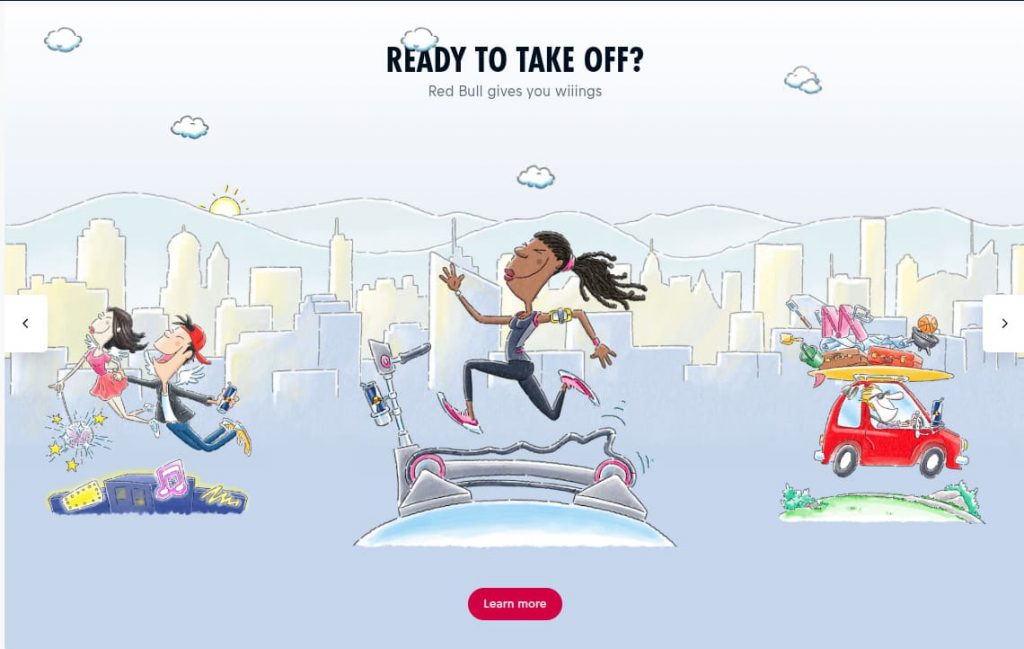
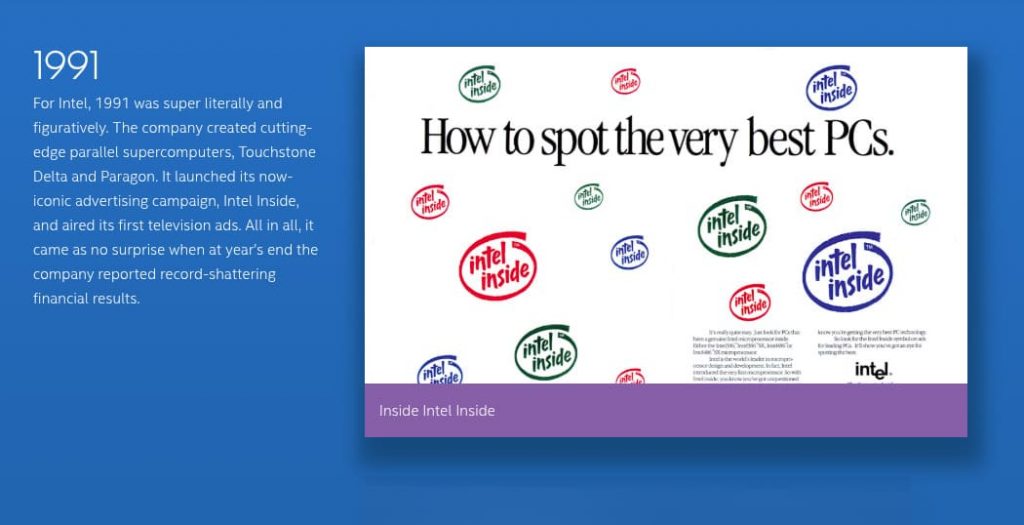
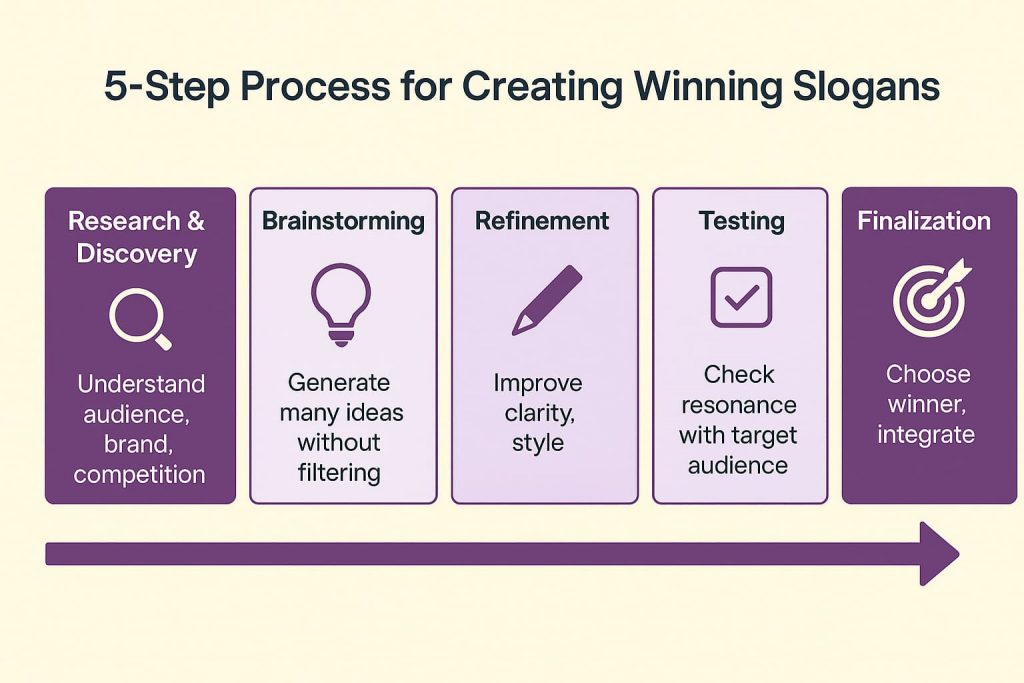
 Share
Share
 X
X
 LinkedIn
LinkedIn





